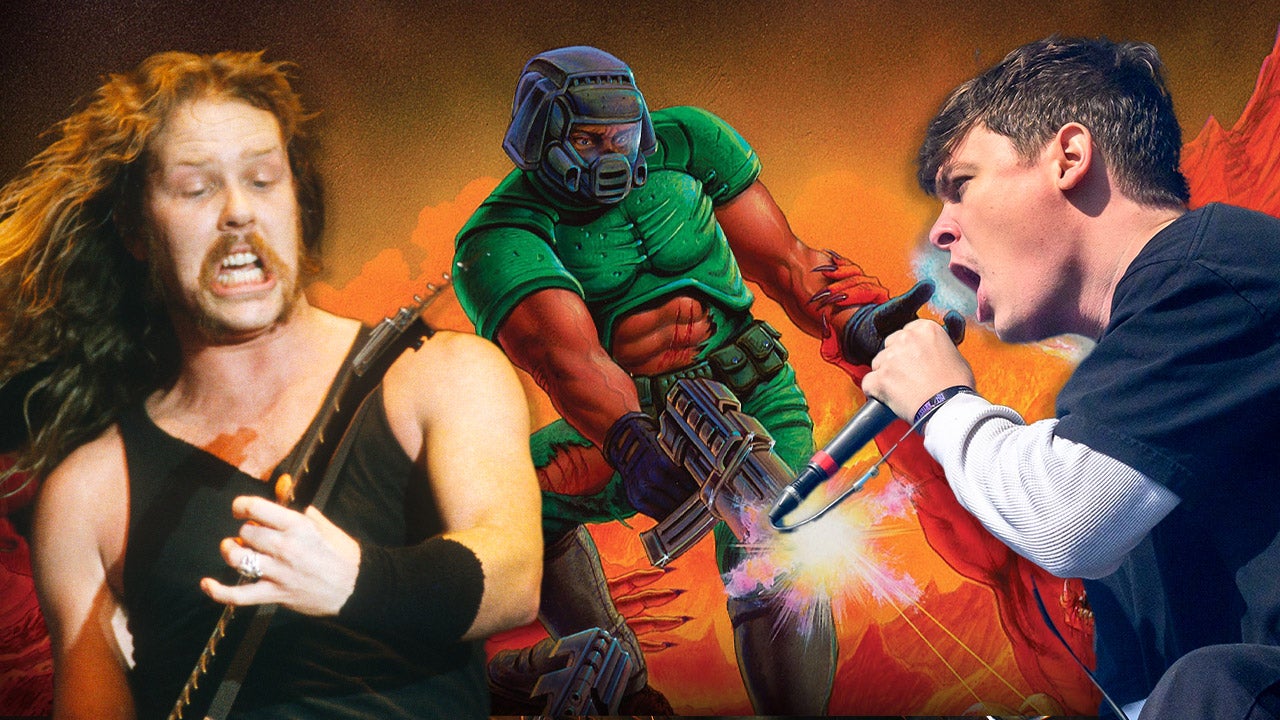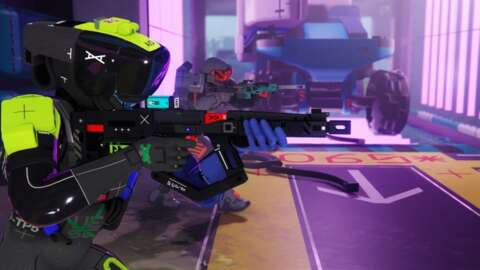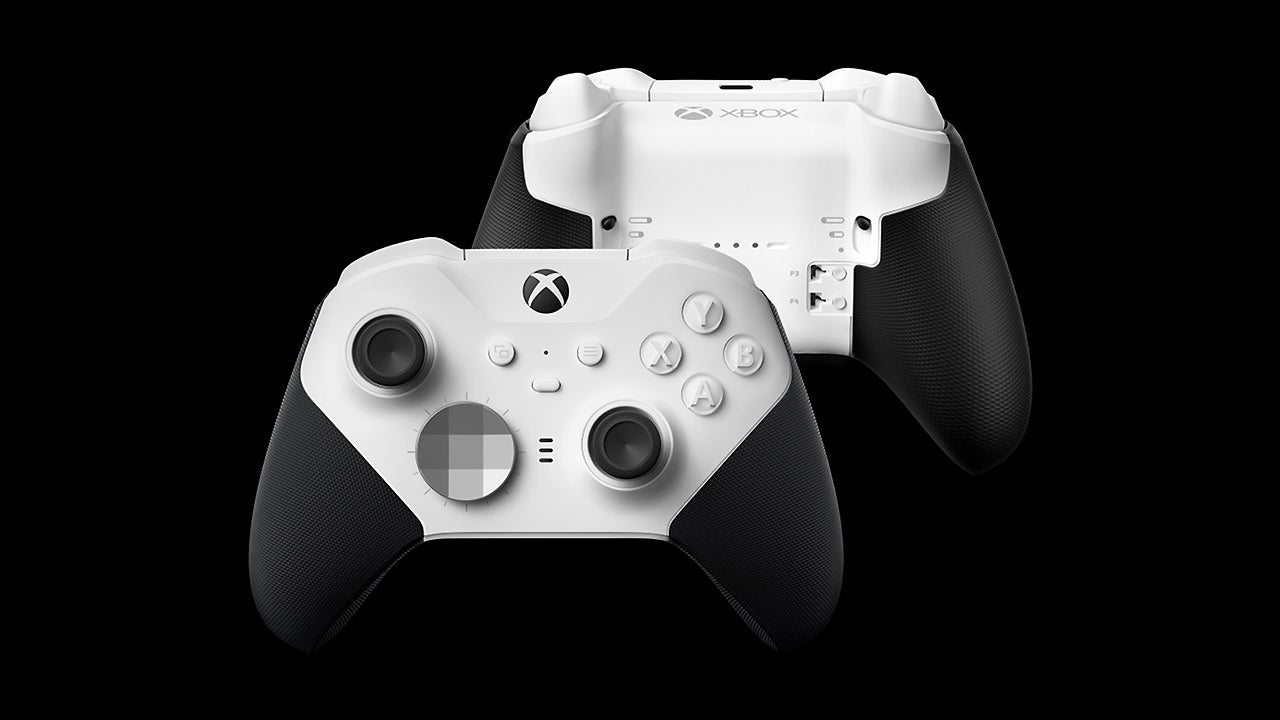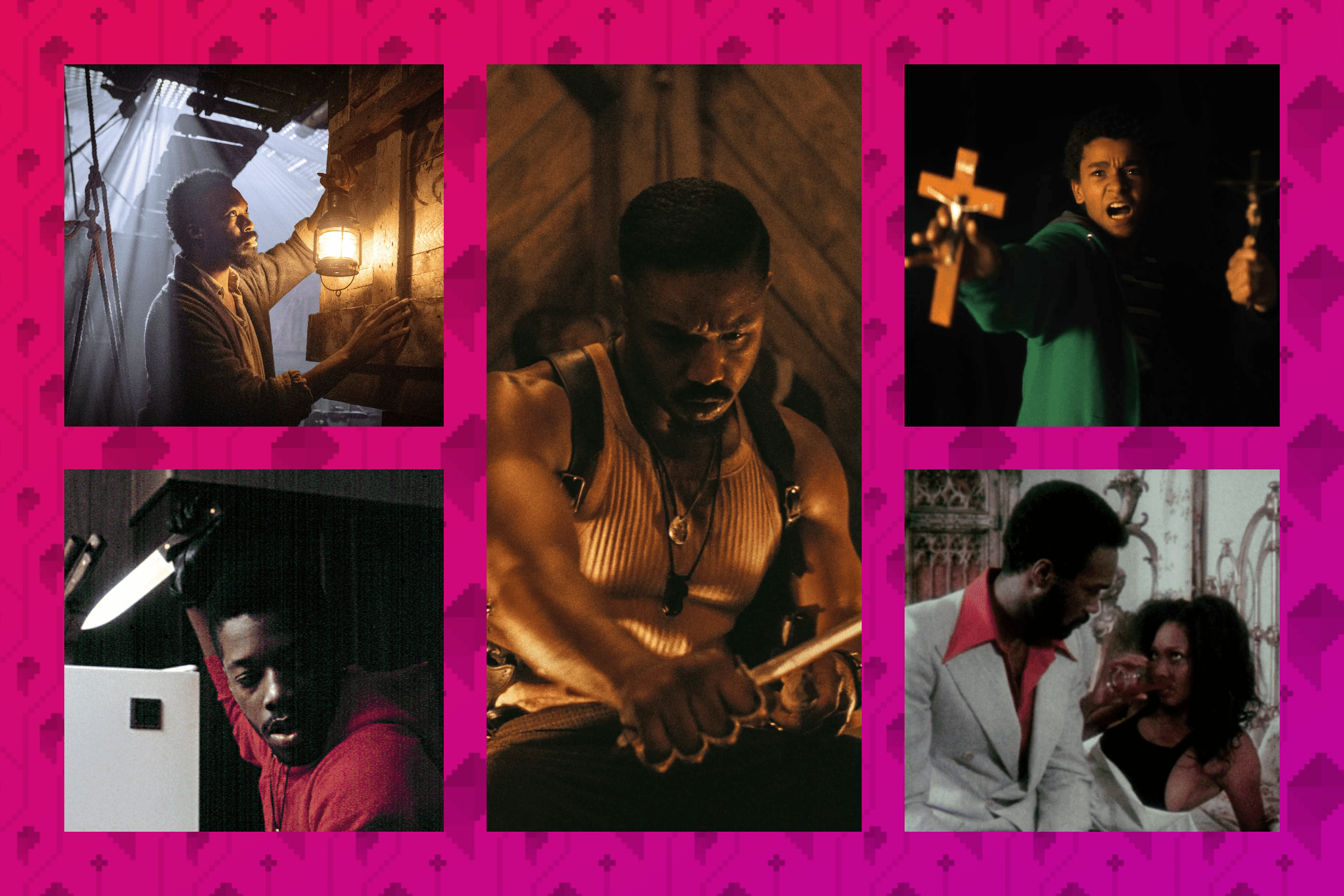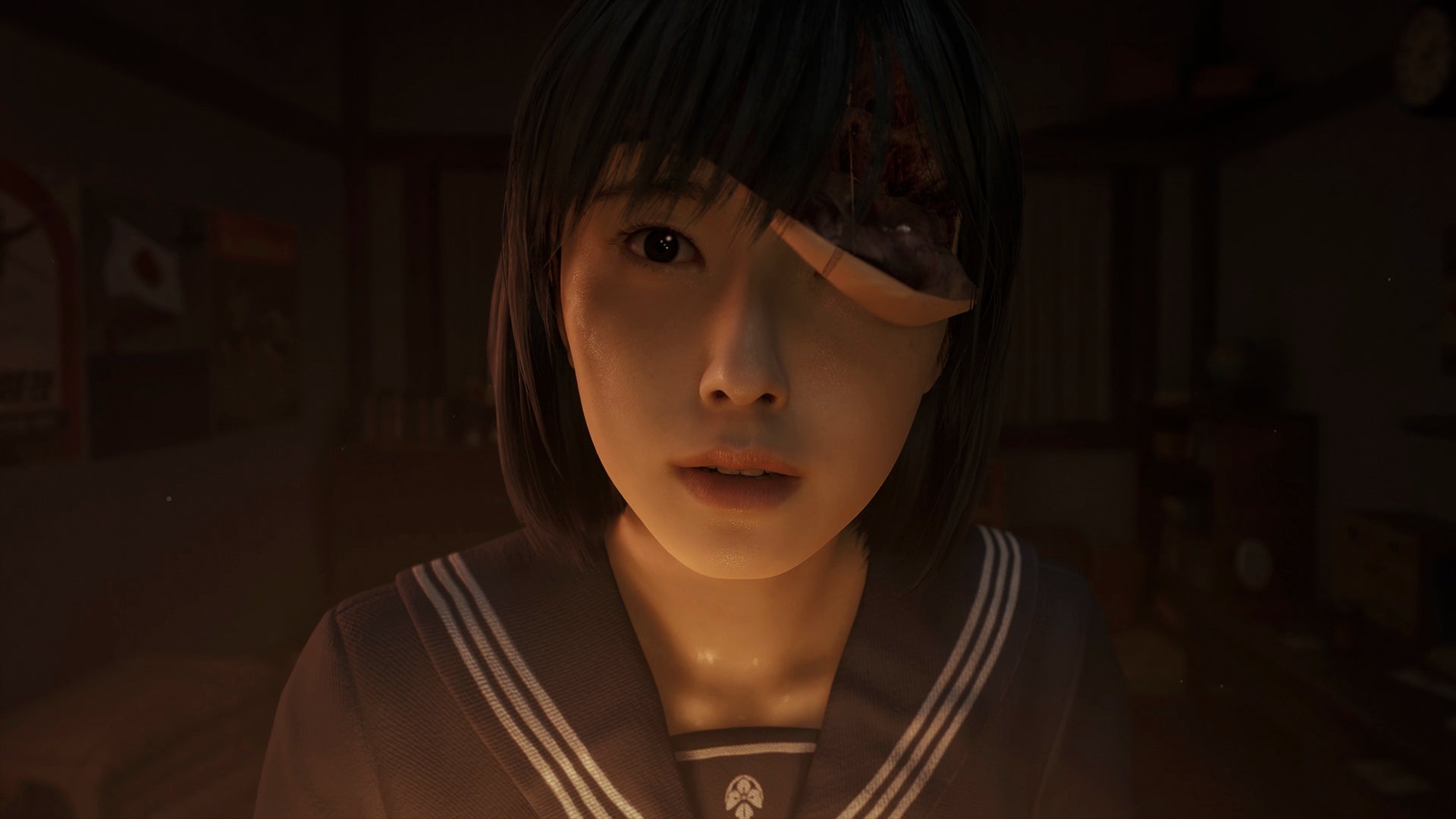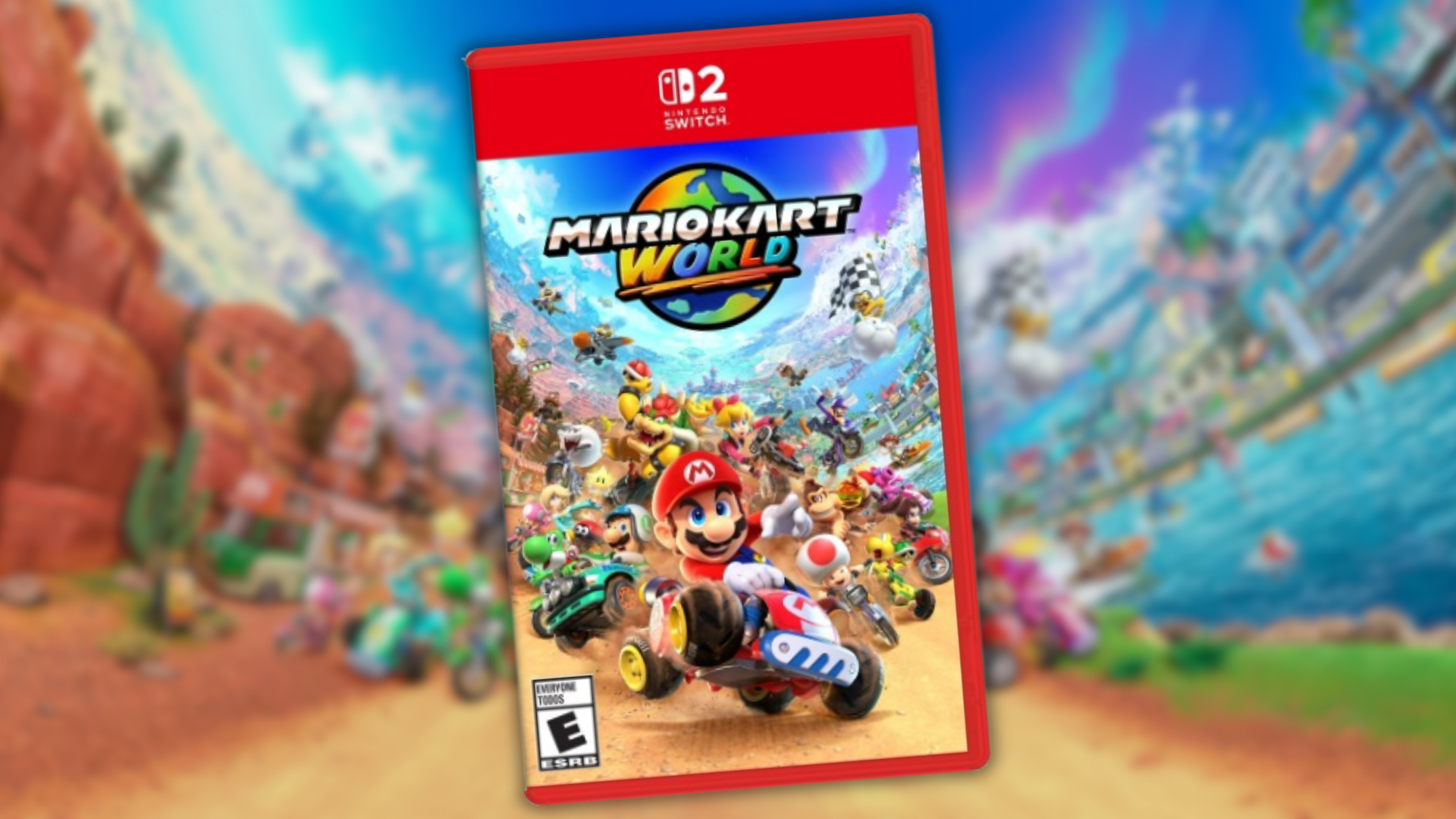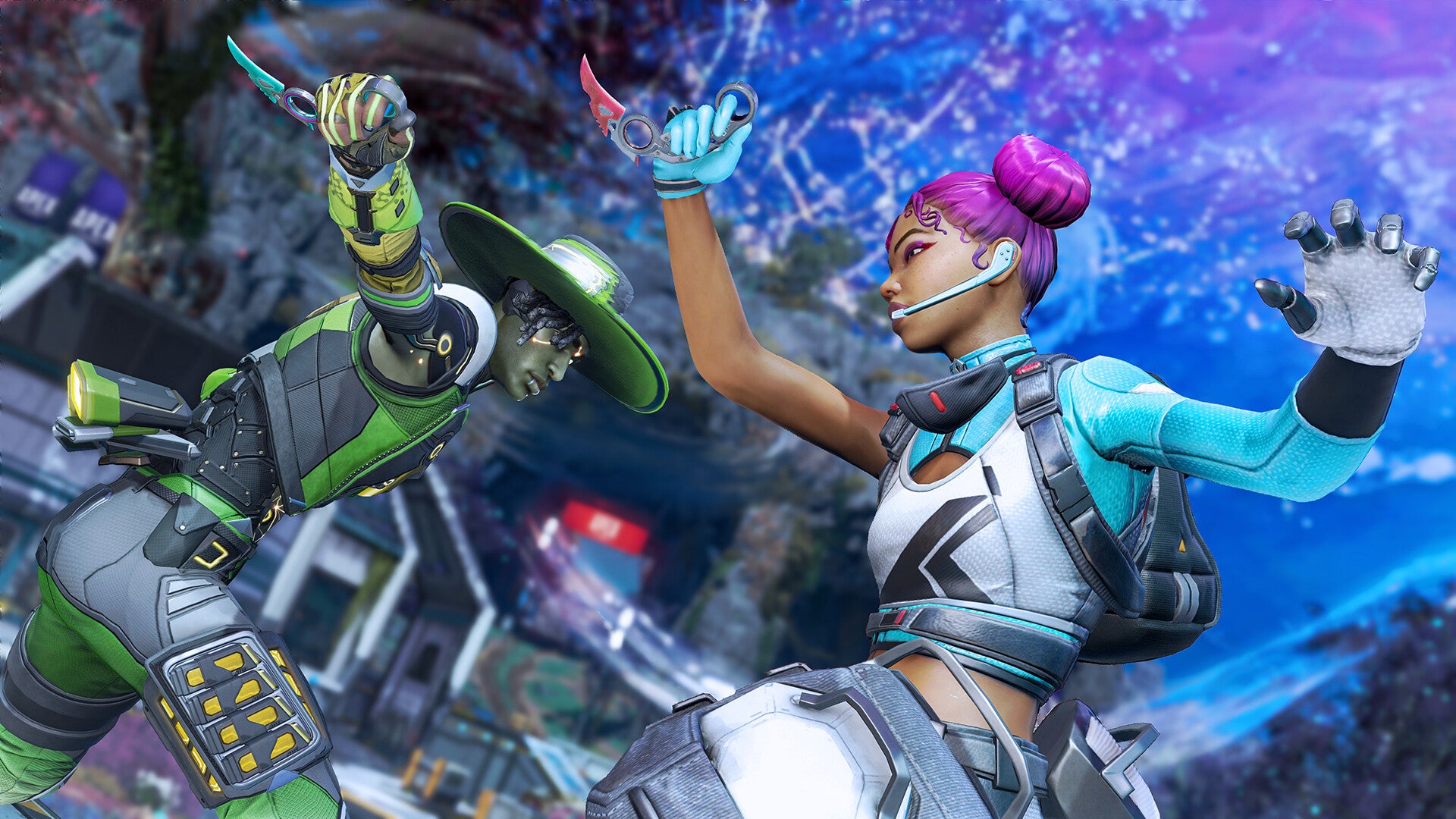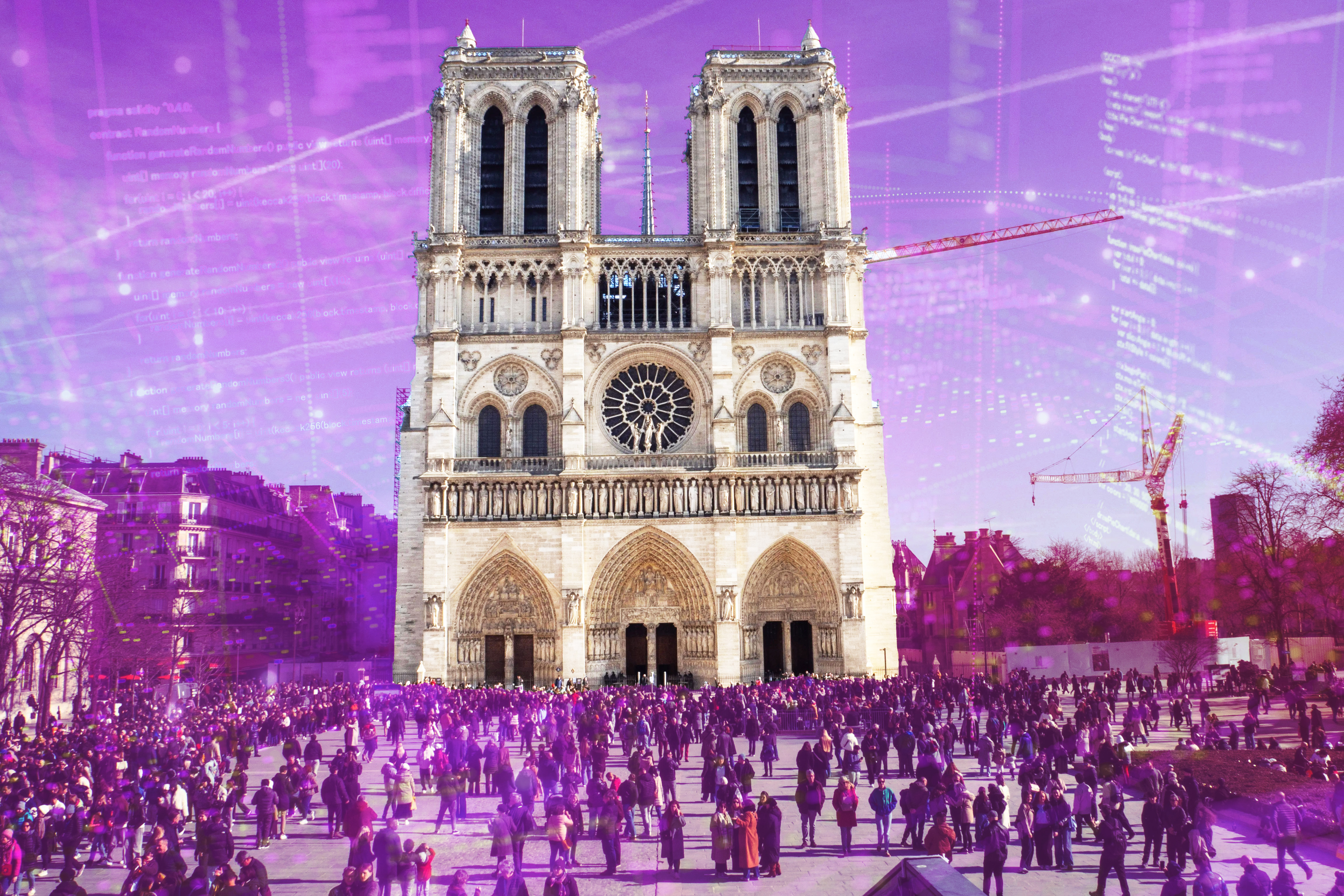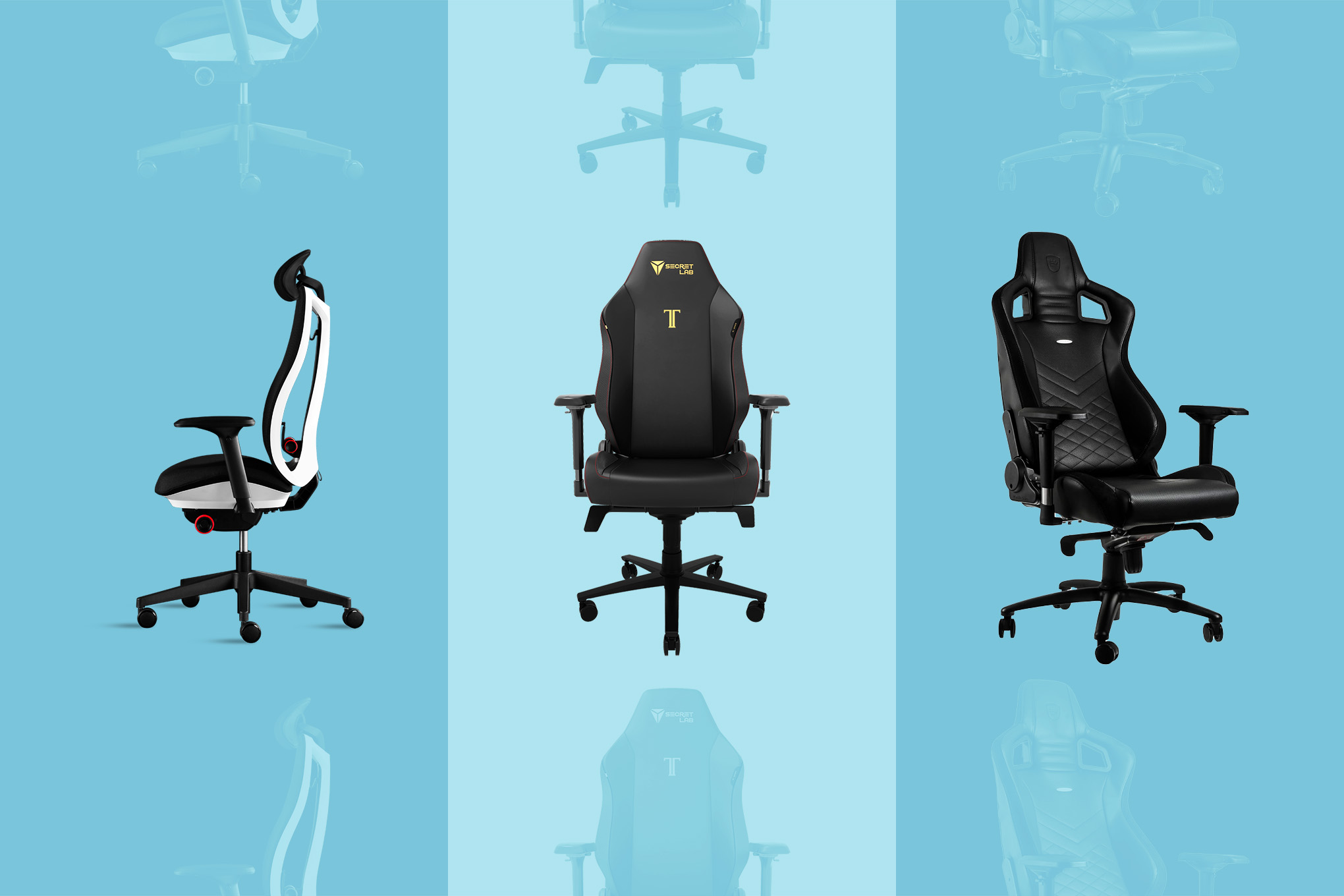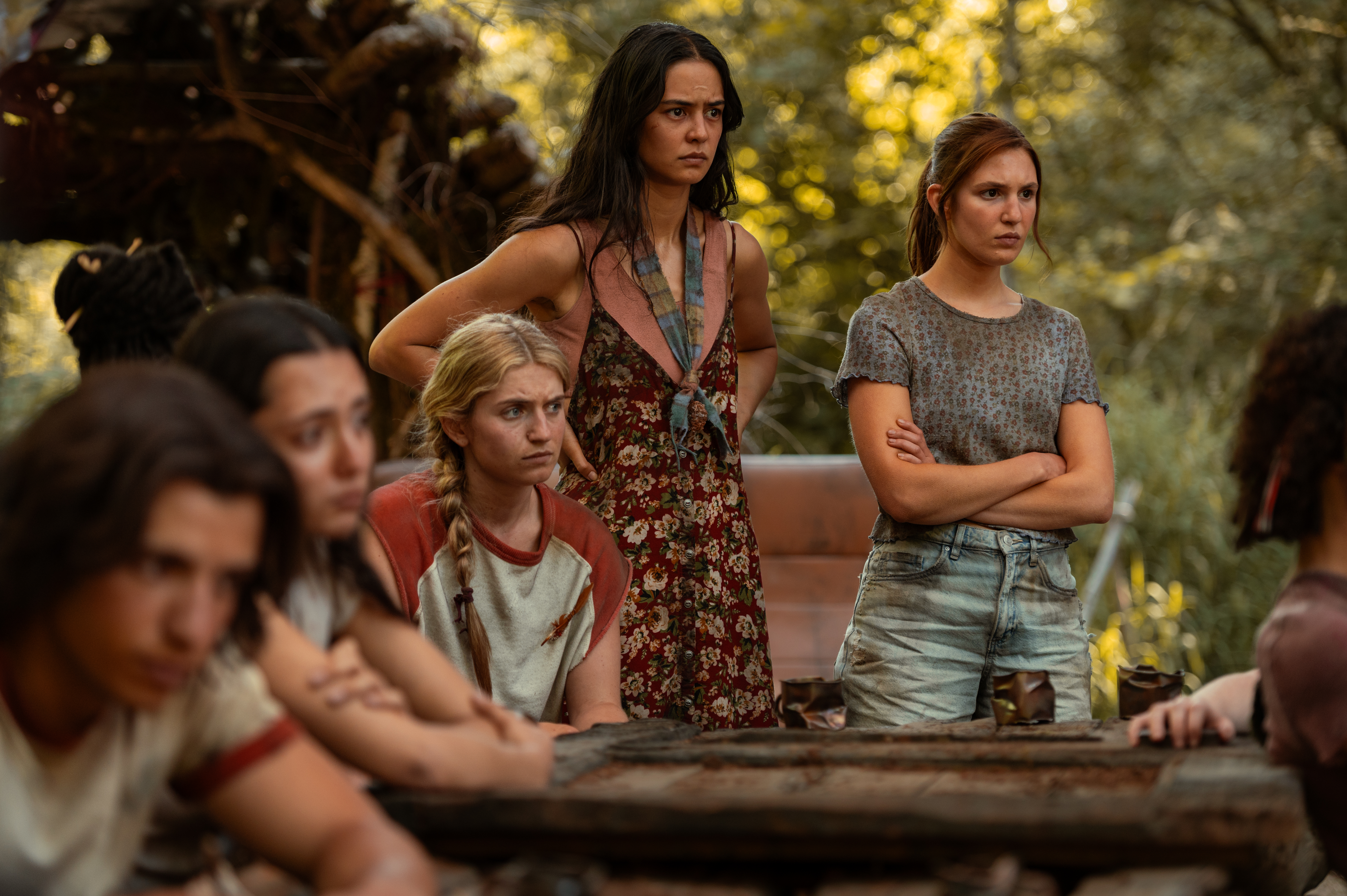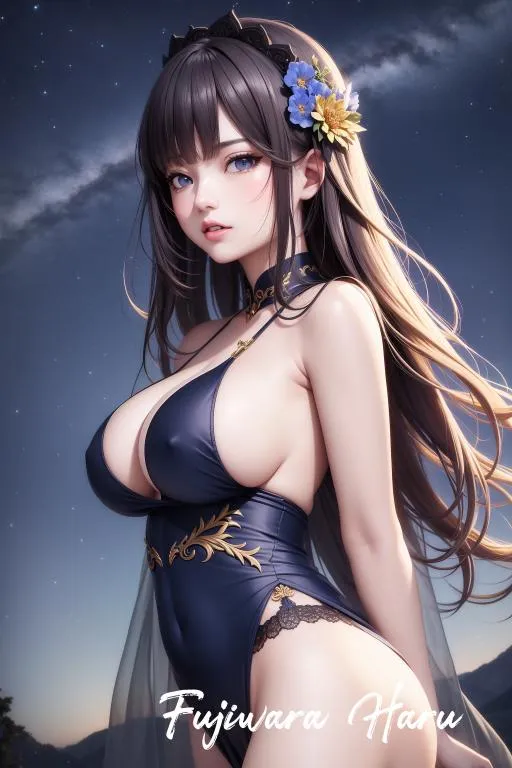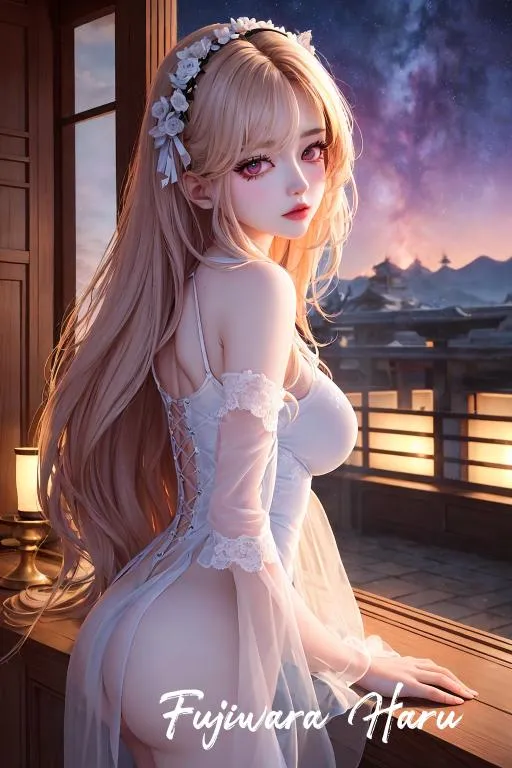
Doom has always had a close relationship with metal music. Hearing one quick burst of any Doom soundtrack, or even just catching a quick glance at the series’ persistent demonic imagery, will tell you this. Its customary pile-up of flames, skulls, and devilish creatures is not far from what you’d see adorning any Iron Maiden stage, past or present. This relationship with the heavier side of music has progressed in step with the series’ gameplay, with both elements having reinvented themselves several times over the 30-plus-year journey of Doom. From its thrash beginnings, Doom has explored multiple metal sub-genres across the decades, progressing all the way to the present day with Doom: The Dark Ages and its crunching metalcore hammer blows.
Back in 1993, the original Doom’s driving soundtrack was influenced by the big metal bands of the late 80s and early 90s. Co-creator John Romero has freely discussed how the likes of Pantera and Alice in Chains were major influences, and this can be heard clearly across the score. “Untitled”, for instance, the track used for the E3M1: Hell Keep level, features a riff that’s nearly identical to that heard in Pantera’s “Mouth of War."
The wider Doom score borrows aspects of the thrash subgenre, recreating in digital form the likes of Metallica and Anthrax. This thudding sound propelled players through Mars’ narrow corridors, quickly getting them from a-to-b while sprinkling in demonic enemies just like Kirk Hammett would a guitar solo into any song possible. Thrash was fast, to the point, and hit between the ears with its urgency, much like Romero’s creation did with its shotgun and BFG when it burst onto the scene. Composer Bobby Prince’s soundtrack remains as timeless as the shooter it soundtracks, perfectly matching the rhythm of its unforgettable gunplay.
For over a decade, Doom and its music continued in a similar vein, harmonising the rate of its bullets with the speed of its shredding score. That was until 2004, when the experimental Doom 3 emerged from the darkness. This survival horror-inspired reinvention took risks, and not all of them were successful. A controversial flashlight mechanic that prevented you from shooting a gun while holding it was considered antithetical to Doom, and eventually removed by modders and a 2012 re-release, but no one could deny that Doom 3 was trying new things. A slower, more deliberate pace required a new sound, and so id Software sought out new inspiration.
Trent Reznor’s talents were reportedly sought out to orchestrate the entire sound design of Doom 3, but that plan never quite came to fruition, as explained to IGN by former Nine Inch Nails bandmate Chris Vrenna: “Well, way, way, way back when I was with 'Nails, you know, we worked on Quake. I know that Trent was involved with the project early on and then wasn't involved with it anymore”. In fact, it was to be Vrenna himself who would instead take over the reins with Clint Walsh to compose the threequel’s theme. Their approach mirrors “the thinking man’s” metal outfit, Tool. Doom 3’s main theme could practically be a bonus track on their 2001 masterpiece, Lateralus, its own snaking time signatures and off-kilter soundscape providing the perfect accompaniment to the horror shooter’s sci-fi facility.
While Doom 3 was a huge success for id Software and the best-selling game the studio had made so far, its survival horror-ish design is today considered something of an anomaly among its series peers. But that’s unsurprising; the early 2000s was a time when FPS games were going through an evolution, with Call of Duty and Halo arriving on the scene to usher in the era of the console shooter. It was only natural for Doom to morph and change alongside those titans. It was a similarly awkward time for metal music; for every stellar Slipknot and Deftones outing, the remains of the nu-metal blowup were haphazardly working things out. Artists like Limp Bizkit or Mudvayne would certainly have been interesting influences for Tweaker (Vrenna and Walsh’s band) to pick up on, to say the least, but their final Tool-ish direction was undoubtedly the right move. Doom 3 won’t go down as the classic artifact that Tool’s Lateralus has, but it certainly served as a worthy experiment with an unsettling soundtrack that fits its tone perfectly.
Following Doom 3, years passed with no sign of a new entry. Behind the scenes, the series went through an awkward period of development hell. After scrapping the Call of Duty-influenced Doom 4 project and starting afresh, id Software realised that its hallowed shooter needed a complete facelift, and that’s exactly what it got when it returned to stunning form in 2016. Directors Marty Stratton and Hugo Martin helmed the Slayer’s return to Mars, which fully embraced the momentum kickstarted back in ‘93. Shotguns clicked to the rhythm of the score’s chainsaw guitars, and bullets rattled from chainguns as quickly as the double bass pedal slammed down. Composer Mick Gordon layered sub-bass frequencies with white noise to create a quite literally heart-shaking soundtrack that even Meshuggah may have called a little bass-heavy.
Presenting itself as a playable djent (a progressive and rhythmically chugging metal subgenre) album that bounds along at irrepressible speed, Doom 2016 incorporated the desire for new extremes in both the shooter and metal worlds. It’s become one of the most celebrated video game scores, perhaps even eclipsing the original itself, so much so that it’s impossible to imagine playing Doom 2016 without it. The question is, once you’ve written something that sounds as good as BFG Division, where do you go from there?
Well, that’s where things got a little complicated. Gordon returned to compose the music for 2020’s Doom Eternal, but a series of messy back-and-forths with id Software resulted in a soundtrack that’s not all his. It’s unclear exactly what happened, with contradicting stories disagreeing on just how many of his mixes made the final cut. His fingerprints are clearly all over it, though, as the tracks feel like evolved versions of those that came four years previously with an even more modern edge. Eternal’s soundtrack leans further into metalcore, the prevailing metal genre of the late 2010s and early 2020s. It’s likely no coincidence that, around the time of Doom Eternal’s release, Gordon was also producing songs and albums for the genre’s big British names, Bring Me the Horizon and Architects.
Gordon’s production can certainly be heard in those bands’ mixes, especially in BMTH’s Post Human: Survival Horror (an album incidentally laden with video game references). But the sound of these bands has also found its way into Eternal’s score, especially its propensity for even more crushing breakdowns and added electronic splashes. It’s still undoubtedly heavy, but feels a little lighter when compared to its predecessor, something that is reflected in Eternal’s gameplay with its platforming and puzzle sections that sprinkle more experimental game design in between the punishing gunfights.
Doom 2016 is still my favourite Doom game. I appreciate the hell out of Eternal, but much like the metalcore bands that influenced its soundtrack, I prefer the rawer, less refined work they produced a few years previously. Architects’ album All Our Gods Have Abandoned Us, also from 2016, happens to be my favourite metal album of all time. It’s a crushing piece of work both sonically and lyrically, hitting a sweet spot much like Doom did in the same year with its landmark reinvention. Eternal, much like Architects’ more recent outings, is extremely good, and can never be faulted for taking risks, but just doesn’t hit me in quite the same way. Sometimes less is more, but I know many who hold Eternal in higher regard who would happily disagree.
Now, Doom: The Dark Ages finds itself in an intriguing spot. In the recent Xbox Developer Direct, we got a good look at how its refreshed combat changes things up in a fairly big way for the series. So, if history is anything to go by, it will need an appropriate soundtrack to sit alongside that brutality. We may have only heard snippets up until this point, but it appears that new composers Finishing Move (Borderlands 3 and The Callisto Protocol) are taking inspiration from metal both past and present, much like how The Dark Ages’ gameplay references the original Doom with new twists.
The Dark Ages plays at a slower pace than Eternal’s whiplash vertical platforming and arena slingshotting, instead arming you with a Captain America-like shield that encourages you to square up and barrel into enemies of all sizes. This face-first nature reflects the original Doom’s design which shuttled you through corridors and into gangs of enemies, but The Dark Ages take this philosophy and expands it a hundred-fold, arming you with 30-story high mechs and fire-breathing dragons.
Such combat requires a malleable soundtrack; something that can feel as heavy, if not heavier, than anything that has come before, but also light on its feet when you’re swooping around on a winged beast. The former can be found in the tracks of one of the most prominent heavy bands in the world right now, Knocked Loose. The seismic-sounding breakdowns and plunges into half-time heard in the background of the gameplay shown so far are only a guttural scream and a pig squeal away from the Kentucky natives’ output. But this is then combined with more traditional, almost thrash-like moments that echo the original 1993 Doom, and even earlier metal that borrows a lot lyrically from fantastical, satanic, and medieval inspirations.
We’re yet to fully understand the breadth of The Dark Ages’ gameplay suite, but I’m more than hopeful that id Software is building on everything that came prior, not just in the Doom series, but also from beyond its own walls. Mounting mythological creatures and piloting giant mechs are exciting additions that one wouldn’t necessarily expect from Doom - a traditionally “boots on the ground” shooter - but are welcome surprises nonetheless. Titanfall 2 appears to continue to influence campaign shooter design beyond its signature mobility and wall-running. In many ways, this shift parallels the evolution modern metal music has experienced in recent years, with experimentation within the genre proving fertile ground, whether that’s in a greater exploration of electronic, hip-hop, or hyperpop trappings that the likes of Bring Me the Horizon freely implement, or the grin-inducing reggaeton-like beat that powers Knocked Loose’s “Suffocate”.
It’s an exciting time for heavy music, and in turn an exciting time for Doom fans. The Dark Ages is shaping up to thrill in every area where the series has excelled over the years, but naturally, gunplay will always be king when it comes to an id Software shooter. In fact, if Doom was a packed-out arena metal concert, its combat would be centre stage, and its soundtrack would (somewhat confusingly) be the demonic set dressing. We’ve only had a small peek at what lies in store for us in both regards when it comes to Doom: The Dark Ages, but it’s safe to say I’m very excited to potentially have a new favourite metal album to play through in May.
Simon Cardy is a Senior Editorial Producer who can mainly be found skulking around open world games, indulging in Korean cinema, or despairing at the state of Tottenham Hotspur and the New York Jets. Follow him on Bluesky at @cardy.bsky.social.
